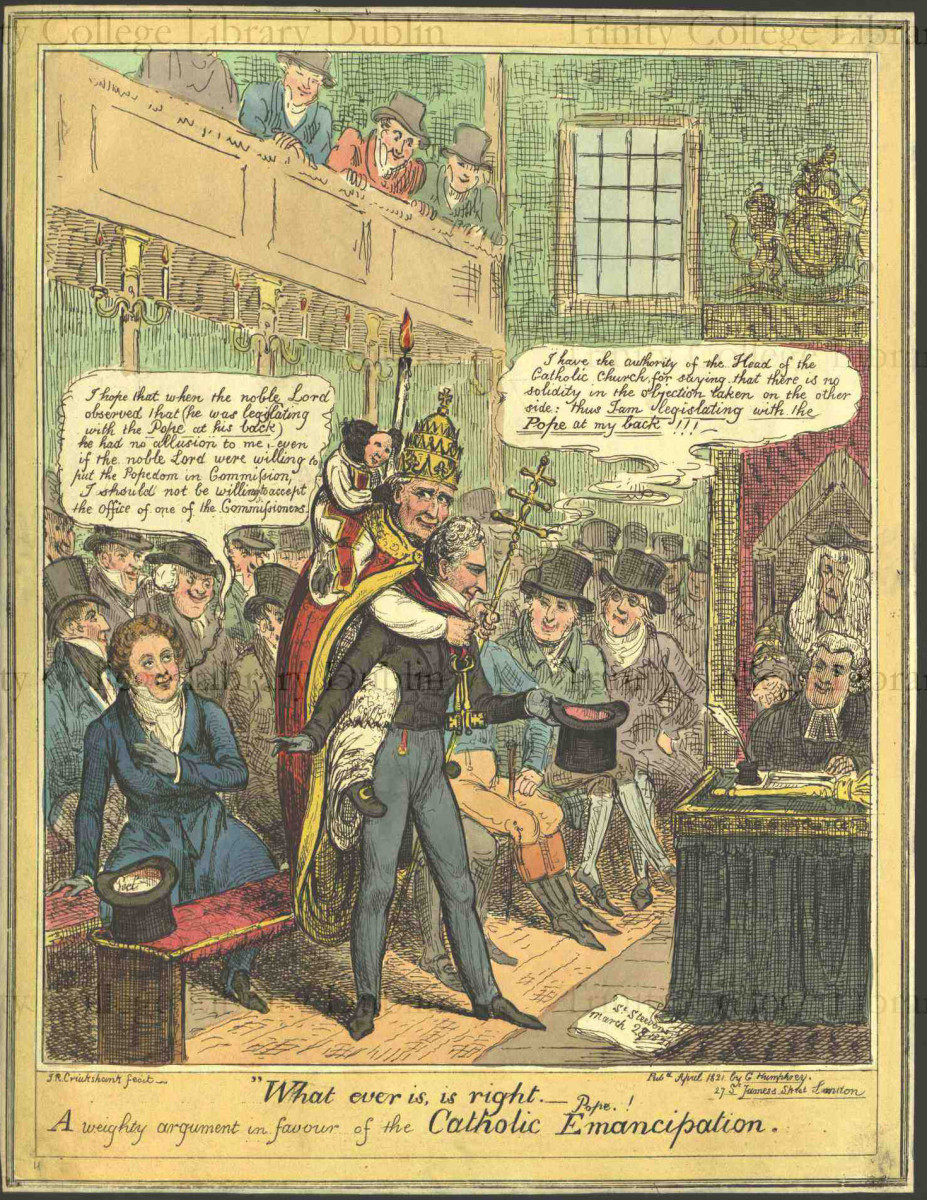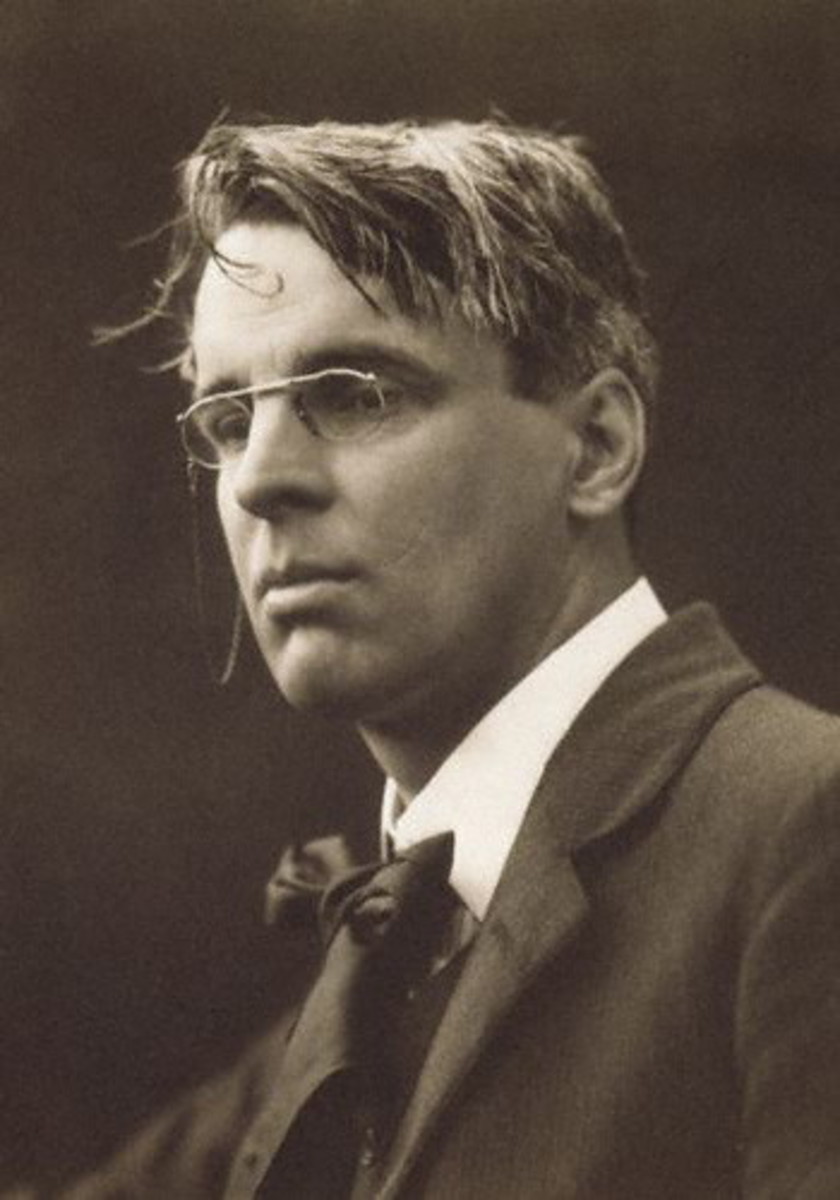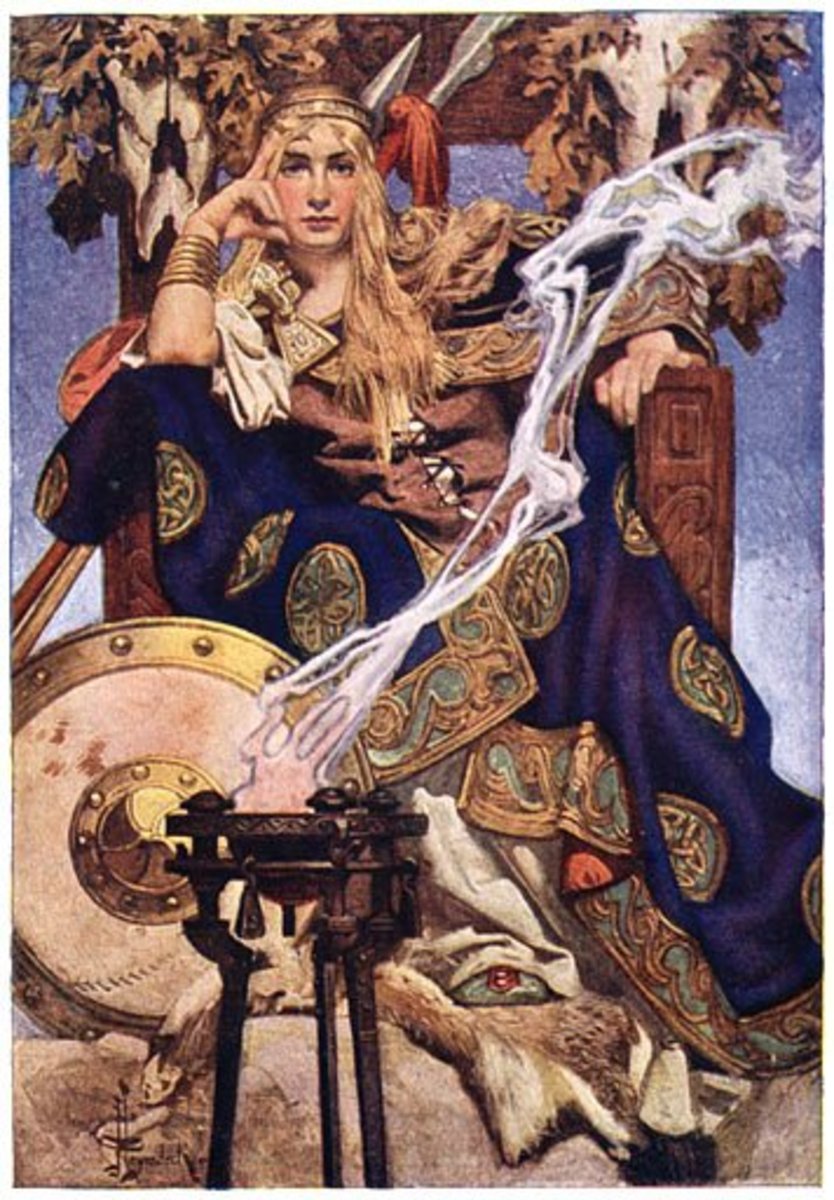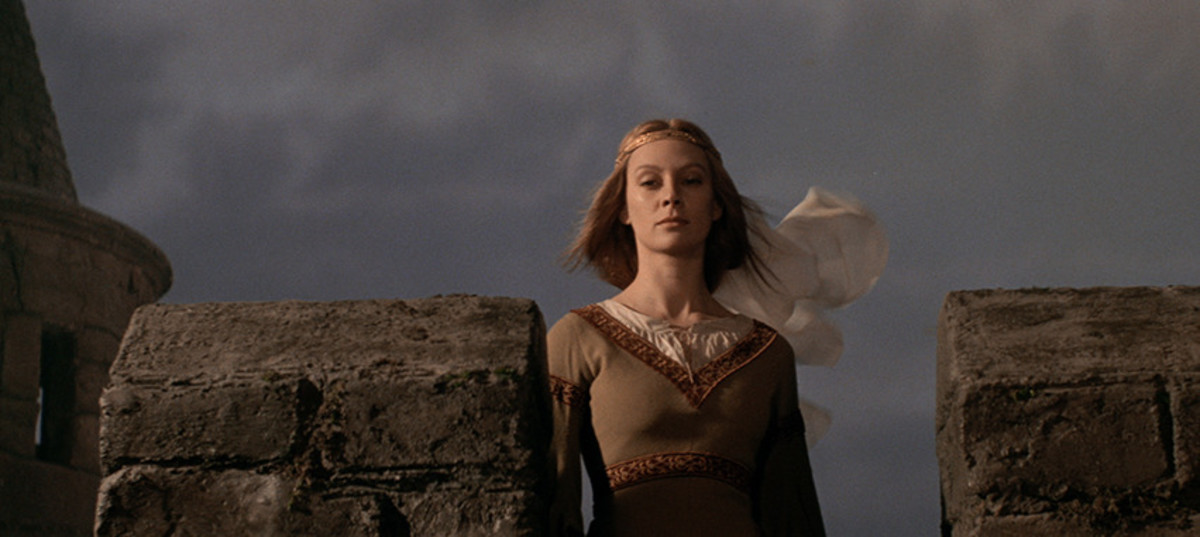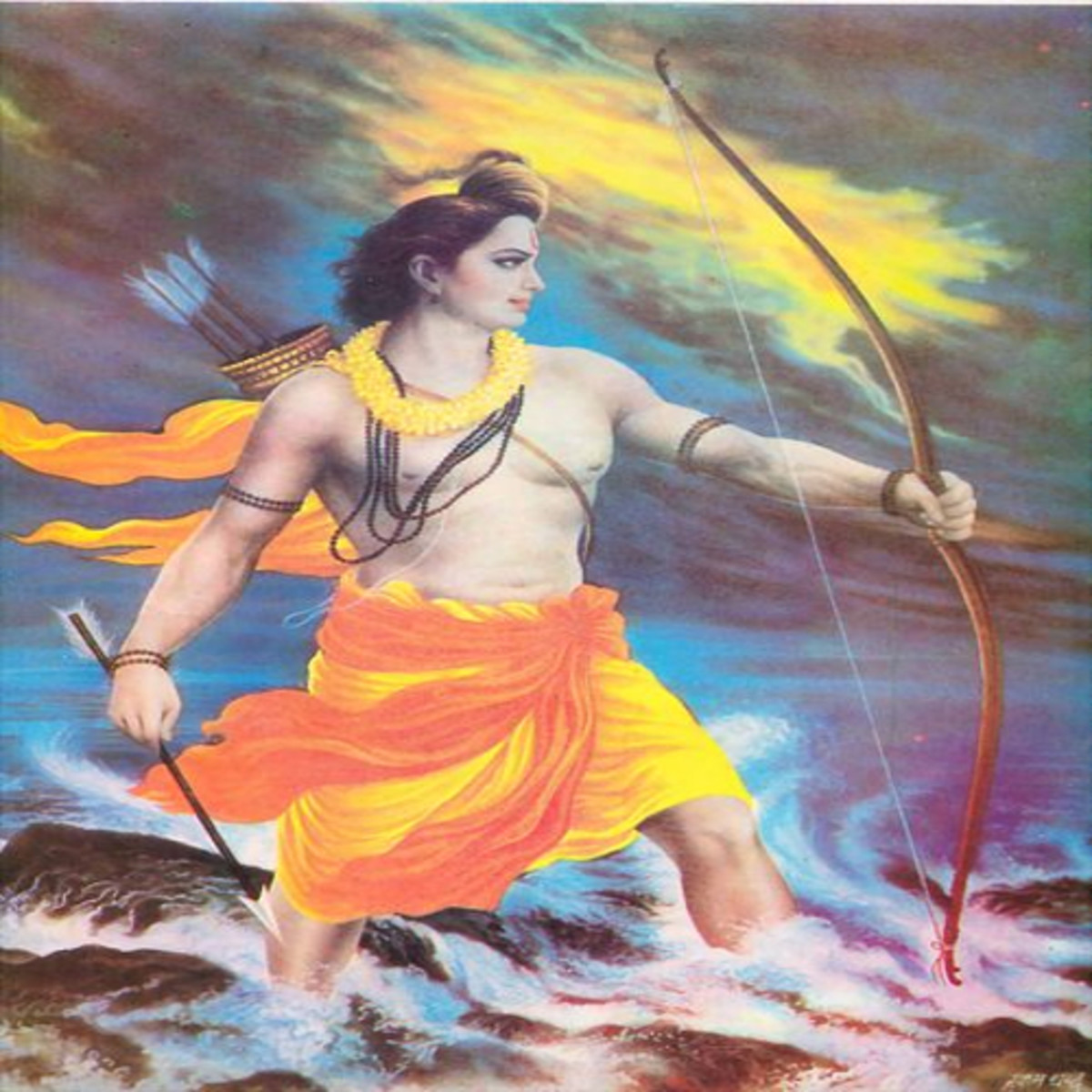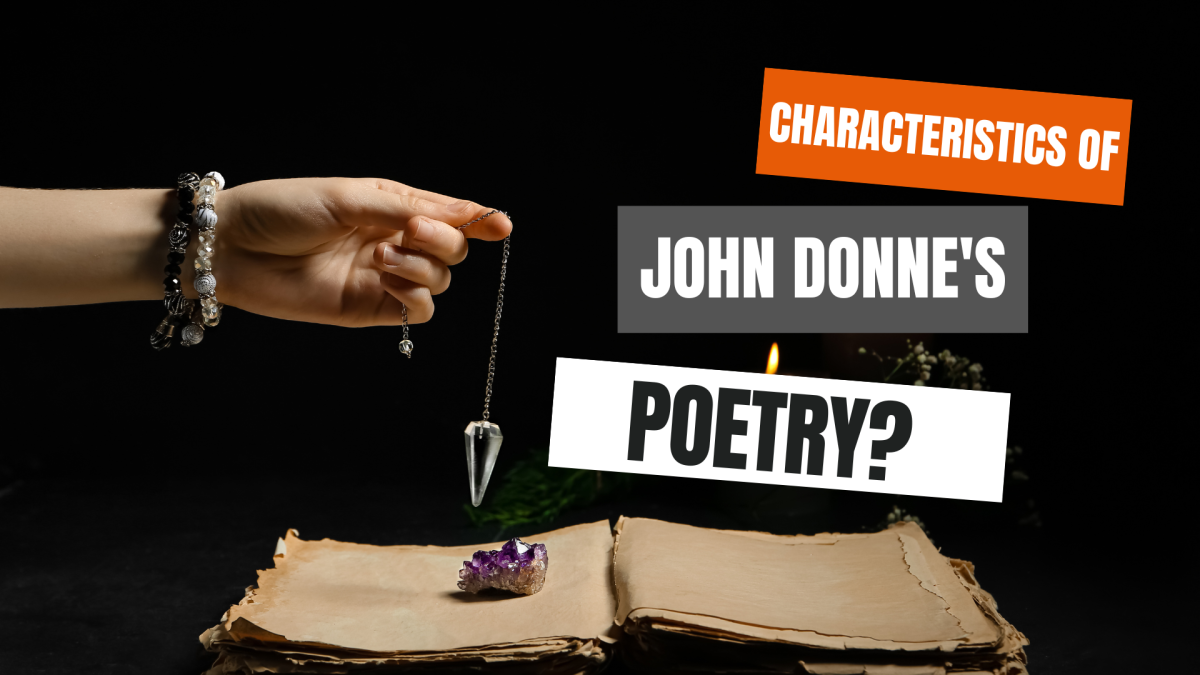UP THE IRISH!-XI- 26+6=1
UP THE IRISH! XI- 26+6 =1
Almost lost in the struggle between supporters of the Anglo-Irish Treaty of 1921 and its opponents was that the fate of 6 northeast counties in Ireland had been decided the year before. The Government of Ireland Act in 1920 established the territory of Northern Ireland, which would have a Parliament in Belfast, County Antrim, controlled by the Protestant majority. Catholics living in the 6 counties were not given a choice whether they wished to join Northern Ireland or the 26 county Irish Free State. The Unionists or Protestants interpreted the mandate given to them by the British government as a green light to increase their persecution of their Catholic neighbors. While civil war waged in the south in 1922-23, Unionists launched a pogrom against Catholics in the north- beatings and burning them out of their homes. A flood of refugees began streaming across the border into the Free State. Things were so bad, pro and anti-treaty leaders Michael Collins and Liam Lynch actually worked together on a scheme to ship weapons to Catholics in the north, so they could defend themselves. Collins was killed before many arms reached the north. For the next 70 years, Catholics in Northern Ireland remained as distinctively second-class citizens.
The IRA was a shell of its former self after the civil war. Its’ prominent members were either dead, in Free State internment camps, or driven from the country. It would remain nearly as an afterthought into the 1960’s. There was a brief bombing campaign on the English mainland in the 1930’s and minor skirmishes along the border between the Republic and Northern Ireland in the 1950’s, but very little of account. By the early 60’s, the fabled fighting force had been reduced to not much more than a pub debating club, arguing the merits of socialism vs. capitalism over a few pints. The impetus for change in Northern Ireland would not come from the IRA, but the Catholic people themselves. They watched African-Americans in the U.S. marching for civil rights, and believed they should do the same. Peaceful protests and marches were organized, and soon the words of “We Shall Overcome” could be heard in the streets of Belfast and Derry City. In the time-honored fashion of their British benefactors, the Unionists responded with repression to this call for equality. Protestant mobs attacked Catholic demonstrations; violence became more pronounced during the traditional “marching” season of each July, when Unionists took out their lumbeg drums and bowler hats, marching through Catholic neighborhoods to reaffirm their dominance.
Abuse of Catholic communities became so pronounced that a cry for the British army to intervene rose loudly. The first units arrived in Belfast in August, 1969, and were initially welcomed by the majority of Catholics. That quickly changed when Catholics realized the British soldiers not only sympathized with the Unionists, but often colluded with them in the suppression. The shout of “Where is the IRA?” rang out in Catholic neighborhoods, accompanied by the bitter reply- “IRA- I Ran Away.” Men would begin to organize to meet violence with violence, under the auspices of the name from the past- Irish Republican Army. Northern Ireland soon descended into a 30 year cauldron of chaos and cruelty where neither side could lay legitimate claim to the moral high ground.
It would serve no purpose to give a blow by blow account of the brutality and atrocities committed by both sides during the conflict. A few examples will suffice to show that two wrongs do not make a right. For the nationalists, one of the worst IRA bombings took place at Enniskillen, County Fermanagh, in 1987, where a Remembrance Day parade of old-age pensioners was hit, killing 11 and wounding many others. 11 years later in 1998, a splinter group, the Real IRA, planted a bomb during market day on main street in the village of Omagh, County Tyrone, which killed 29 and injured over 200 people. This last one took place in protest of the Good Friday Agreement which had been signed several months before. Critics can also plausibly point to the fact that principal Sinn Fein leaders Gerry Adams and Martin MacGuinness were blatantly disingenuous in regards to their previous IRA involvement, before joining the political arena. An honest answer might have made the transition to peaceful means a little smoother.
The Unionists and British government were no better. British paratroopers shot down 13 peaceful marchers on Bloody Sunday, January 30, 1972 in Derry City. The extremely callous and clueless Prime Minister Ted Heath sent the following telegram to Irish Taioseach Jack Lynch, “This was a provocative march today.” Unarmed, non-violent protesters against Britain’s most elite troops, very provocative indeed. While she was prime minister, Margaret Thatcher allowed 10 men to starve to death because she needed to prove she was as tough as any of the boys. The IRA hunger strikers, led by Bobby Sands, were protesting their classification as common criminals, instead of political prisoners, and refused to wear the prison uniform. A compromise was actually reached between the strikers and prison officials, but Thatcher refused to honor it. She would not negotiate with “terrorists.” The Iron Lady thought she could break the will of the IRA, but her weak attempt at “statesmanship” only swelled its’ ranks when Sands and the other men began to die.
Then there was the Unionist Dark Lord, Ian Paisley. You will usually see the title reverend before his name, but I find it difficult to attach such a term to a man who seemed to get his theology degree from a cereal box, and only spewed hatred toward Catholics. Paisley and many of his fellow Loyalists hindered the peace process for years by their hypercritical stance of refusing to sit down with IRA terrorists. He was in constant contact and collusion with the UVF (Ulster Volunteer Force), and other Protestant paramilitary groups attacking Catholics. Another major stumbling block to peace was the British government and Unionist demand that the IRA destroy all their weapons before serious talks could begin. No mention of Unionist arms was ever made.
The Unionists finally sat down at the negotiating table, not due to a change in heart, but because the Labour Party under Tony Blair came to power in London in the mid 1990’s. Unionist MP’s could no longer threaten the government by withholding support- Blair did not need their votes. The Prime Minster, with some help from U.S. President, Bill Clinton, hammered out the Good Friday Agreement of 1998. A new Parliament at Stormont in Belfast (the old one had been dissolved indefinitely by London due to its overt discrimination against Catholics), was established, which features power-sharing between Catholics and Protestants, along with reforms in the police service. The fragile peace has mostly held for the past 15 years, although equal opportunity for Catholics still lags in employment. Is that the end of the story? By 2016, it is estimated the Catholic population of Northern Ireland will be the same or outstrip the Protestant. Some Nationalist leaders believe a referendum should then be held to see if the people wish to unite with the Republic in a 32 county Ireland. Justice would appear to dictate that all the citizens of Ireland, not just those of the north, be permitted to vote on such a proposition. The travesty of 1918, when the British government ignored the will of the Irish nation, might finally be removed. Would the people of Ireland vote to join together or remain divided? Could believers in a true Irish Republic be disappointed with the result? Perhaps. “By the time the British had found the answer, the Irish had lost interest in the question.”- Desmond Williams. Then again, maybe not. Up the Republic! Up the Irish!
We’ll sing a song, a soldier’s song
With cheery, rousing chorus
As round our blazing fires we throng
The starry heavens o’er us
Impatient for the coming fight
And as we wait for the morning’s light
Here in the silence of the night
We’ll chant a soldier’s song
‘A Soldier’s Song”- Peadar Kearney
For Maurice and Jimmy Walsh, Cork #2 Brigade, Mitchelstown Company, 1919-23

